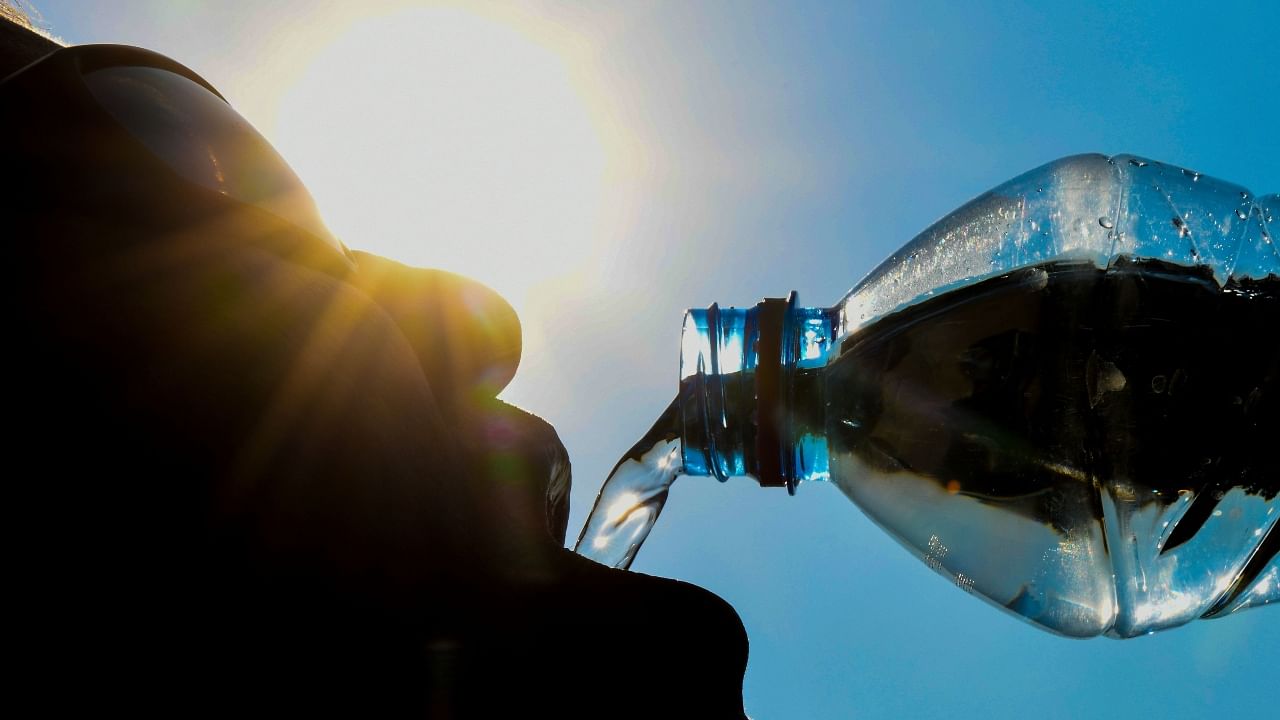Mercury touches 42°C, scorching heat hits normal life in DelhiA heatwave swept across the national capital, with the maximum temperature at Safdarjung hitting the 40-degree mark for the first time this year. India recorded its warmest March in 122 years with a severe heatwave scorching large swathes of the country.
Last Updated IST

Mercury touches 42°C, scorching heat hits normal life in Delhi

A heatwave swept across the national capital, with the maximum temperature at Safdarjung hitting the 40-degree mark for the first time this year. India recorded its warmest March in 122 years with a severe heatwave scorching large swathes of the country. Credit: AFP Photo
No relief from the sweltering heat is in sight for at least a week. Parts of the national capital have been reeling under a heatwave since March last week with their maximum temperature hovering above 40 degrees Celsius. Credit: AFP Photo
Most of the automatic weather stations in Delhi recorded their maximum temperature above 40 degrees Celsius, the IMD data showed. Credit: AFP Photo
For the plains, a
A severe heatwave scorched places like Lodhi Road, Ridge, Mungeshpur and Pitampura where the maximum temperature settled at least seven notches above normal. Credit: AFP Photo
The Sports Complex weather station recorded the highest maximum temperature of 42.8 degrees Celsius in the city. The heatwave is likely to intensify further and the maximum temperature at the Safdarjung Observatory may touch the 42-degree mark, the IMD said. Credit: AFP Photo
The weather department attributed the heat to the lack of rainfall due to the absence of active western disturbances over north India and any major system over south India. Credit: AFP Photo
IMD officials said a prolonged dry spell has led to
The country as a whole recorded a rainfall of 8.9 mm, which was 71 per cent less than its long period average rainfall of 30.4 mm. It was also the third-lowest precipitation in March since 1901 after 7.2 mm in 1909 and 8.7 mm in 1908. Credit: AFP Photo